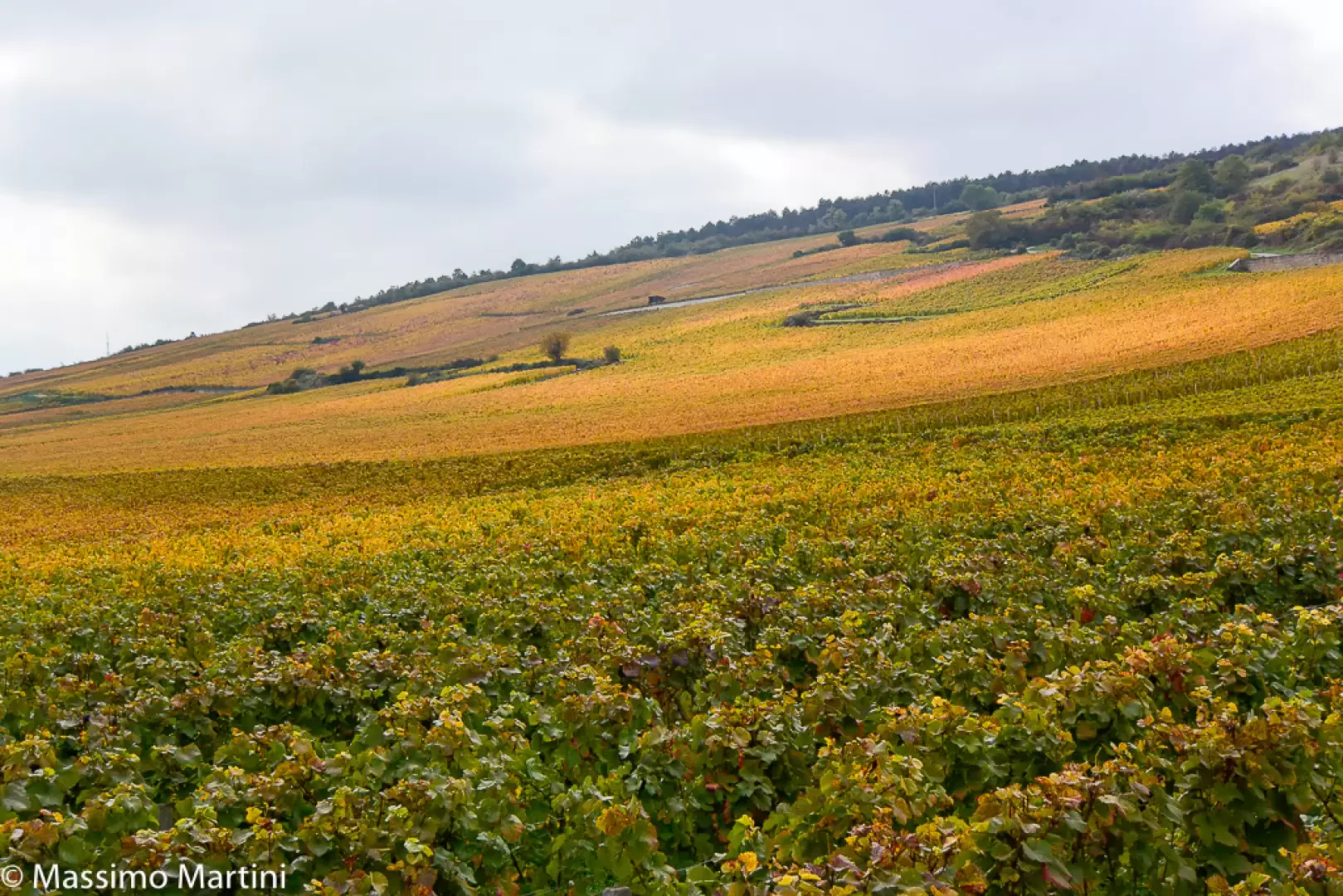Burgundy-Franche-Comté

Access
Bourgogne-Franche-Comté can be reached via international airports (Lyon-Saint Exupéry for the south, Basel-Mulhouse for the north, Dole-Jura as a regional airport), an extensive railway network with TGV high-speed connections from Paris (Gare de Lyon) and other French capitals (Montbard, Le Creusot, Beaune, Mâcon, Belfort). Motorways such as the , , and provide easy access from Paris, Lyon, Strasbourg and Geneva. Local public transport is integrated between buses, regional trains (TER) and alternative mobility solutions, facilitated by the Mobigo app offering information on timetables, costs and networks.
Introduction
Bourgogne-Franche-Comté, a historical and administrative region in central-eastern France, stretches between the rolling hills of Burgundy, the plains of the Saône and the foothills of the Jura Massif, all the way to the Swiss border. The capital is Dijon, a city with ancient medieval roots and renowned for its artistic and gastronomic heritage. The territory, comprising eight departments, encompasses varied landscapes: vine-covered hills, wooded reliefs, meandering rivers and verdant valleys alternating with villages, abbeys and castles. Important in terms of culture and tourism, the region is identified throughout the world for its excellent wine-growing tradition, cities of art, rural landscapes and thousand-year-old festivals.
Description
The geographic diversity of Burgundy-Franche-Comté is expressed in the vineyards of the Côte-d'Or and the forests of Franche-Comté, the fertile plains of the Saône and the heights of the Ballon d'Alsace, the region's highest point (1247 m). There are numerous waterways, including the Saône and the Ain, the Alpine lakes of the Jura, navigable canals and nature reserves such as the Parc du Morvan. The region's history traces its origins back to the Kingdom of the Burgundians, the Duchy of Burgundy and the imperial Franche-Comté, with transitions of domination between France, the Holy Roman Empire and the Habsburg dynasties. The cities of Besançon, Dijon and Lons-le-Saunier offer Romanesque, Renaissance and medieval architecture, as well as museums of high relevance. Illustrious personalities such as Margaret of Austria, Mary of Hungary and Voltaire have left their mark on local history. In the economy, in addition to viticulture with the renowned pinot noir and chardonnay, agriculture, animal husbandry, the metal and pharmaceutical industries and typical wood and cheese crafts stand out. Rural festivals, wine fairs and patron saint festivals enliven the villages throughout the year, celebrating rural culture and local products, including Dijon mustard, Comté, Morbier and Morteau sausage.
Walking tourism is favoured by a dense network of trails, historical paths and cycling routes: from the wooded heights of the Morvan and Jura to the scenic roads through the vineyards, from thousand-year-old abbeys and medieval fortresses to the forests of Fontainebleau and the gorges of the Ain. Numerous viewpoints and refuges, with marked itineraries for trekking, mountain biking and cycling, enriched by historical curiosities and legends linked to ancient abbeys and the passage of pilgrims and merchants.
.Information
Capital city: Dijon
Area:47,784 sq. km
Minimum elevation:m
Maximum elevation: Ballon d'Alsace (1247m)
Number of inhabitants: 2,816,814 (as of 31.12.12)
Provinces: Côte-d'Or, Doubs, Jura, Nièvre, Haute-Saône, Saône-et-Loire, Yonne and Territory of Belfort
Municipalities: 3831
Bordering regions: Alvernia-Rhône-Alpes, Alsace-Champagne-Lorraine, Centre-Valley of the Loire, Canton of Geneva, Canton of Jura, Canton of Vaud, Canton of Neuchatel
Institutional site: www.bourgognefranchecomte.fr